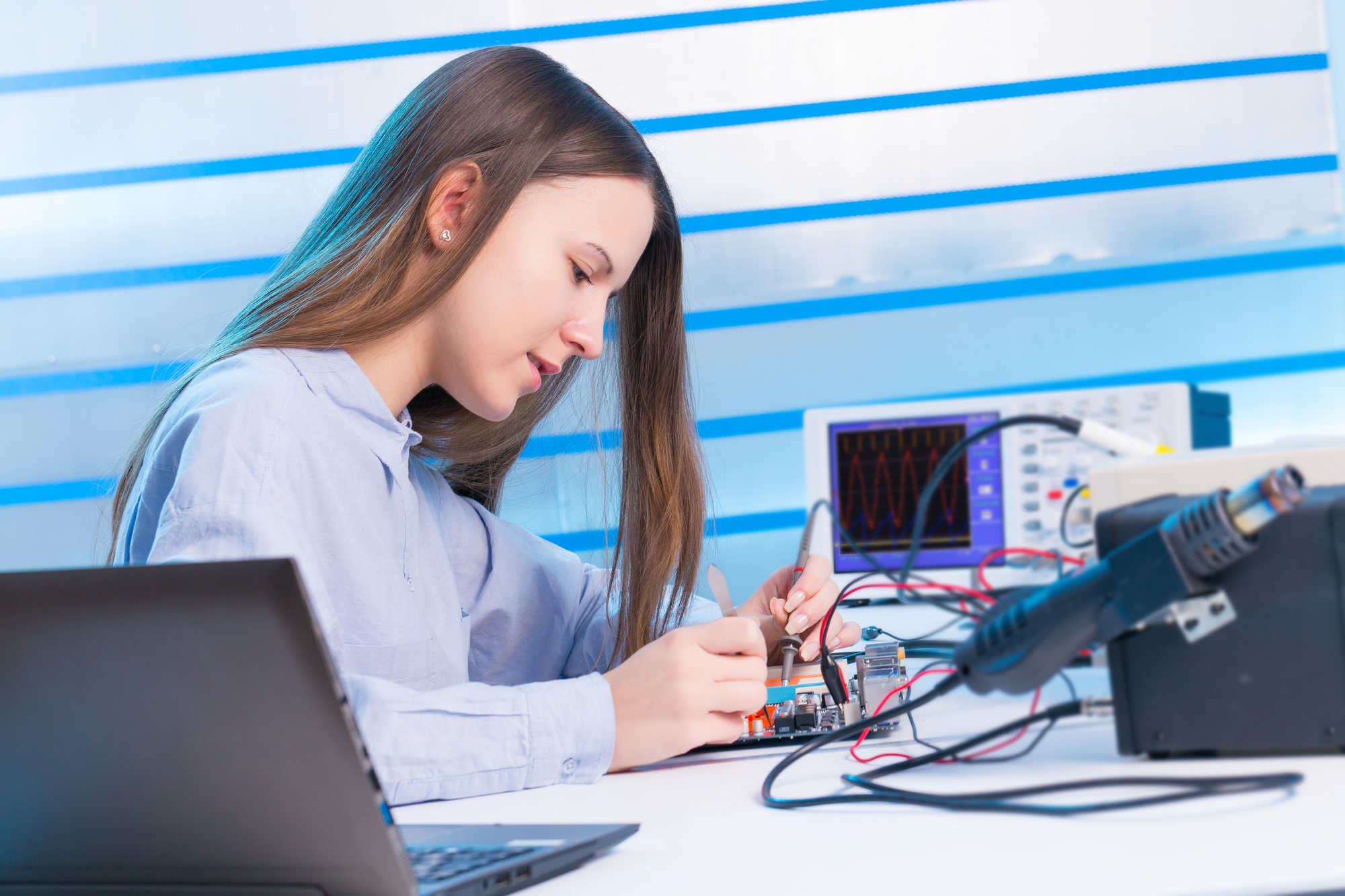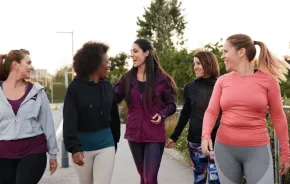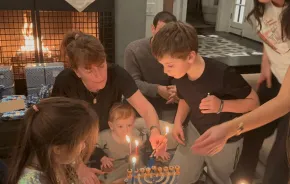
Editor's note: This piece was originally published by the Bill and Melinda Gates Foundation on GatesNotes.
I remember three things about my first computer science class in college. First, improbably, the professor was named Ramm, as in “random access memory.” Second, the class was about processors, and I only had a vague idea what a processor was. Third, it was the last computer science class for most of my female classmates, who quickly decided they’d rather major in something else.
I never would have guessed that my time as a computer science student would turn out to be pretty much the high-water mark for women in the field. The percentage of computer science majors who are women has gone down from 37 percent in 1984 to just 18 percent today. In other words, on average my daughters are half as likely to major in computer science as I was 30 years ago.
But the young women in this video below are defying these odds — they’re pursuing careers in computer science and dismantling stereotypes about the field. I love hearing them talk about the sense of empowerment and joy that coding brings them. Kimberly got a standing ovation from her high school English classmates when she demonstrated a book review app she made. Kayla is preserving and sharing the rich history of her community with an app that customizes multimedia walking tours. Courtney helped design the landing legs on a rocket when she interned at SpaceX!
The percentage of computer science majors who are women has gone down from 37 percent in 1984 to just 18 percent today.
The gross underrepresentation of women in computer science is not just a problem for the girls who are left out. It’s a problem for all of us, because we’re not benefitting from the creativity girls have to offer. There’s a mountain of research showing that diversity makes for better companies and better products — that we’re more innovative when we work in teams with different kinds of people — yet the gender diversity in tech has been getting worse for decades.
One reason why is that somewhere along the way, society decided that computers are for boys. Or, as Aishwarya says, “guys in hoodies.” And this toxic stereotype becomes a self-fulfilling prophecy, virtually guaranteeing that computer science is indeed a male-dominated field.
First, since girls aren’t supposed to be into computers, they aren’t exposed to computer science when they’re young, and even if they are, they often aren’t encouraged to pursue their interests in the field. That helps explain why only 22 percent of the high school students who take the AP computer science exam today are girls.
Kayla didn’t know she wanted to be a computer scientist until she’d already started a totally different career, in library science. It was only when she started training staff to use the library’s software that she realized she might be interested in making software herself, so she went back to college for a second time to be a computer scientist. Kimberly had never heard of computer science until she saw it was one of the classes she could take at her local community college.
The idea that computers are for boys doesn’t just keep girls out of the field, though. It also drives women out. A host of implicit biases affect the way tech companies recruit, train, and promote—and make it easier for men to get ahead.
Luckily, there are great organizations like the National Center for Women and Information Technology (NCWIT), whose mission is to increase the number of girls and women in tech. NCWIT and groups like it aim to make it easier for girls to discover that they love computers — and make it easier for women who love computer science to make a career in it. Eventually, as more and more girls choose this path, it won’t seem like computer science is just for boys.
Aishwarya, Courtney, Kayla and Kimberly all talk about the excitement of using code to turn an idea into a piece of software that can change the world, of creating something important from nothing. Let me tell you, it is a terrific feeling. Kayla says it makes her feel like “superwoman.” I hope everyone gets the opportunity to feel that way.











